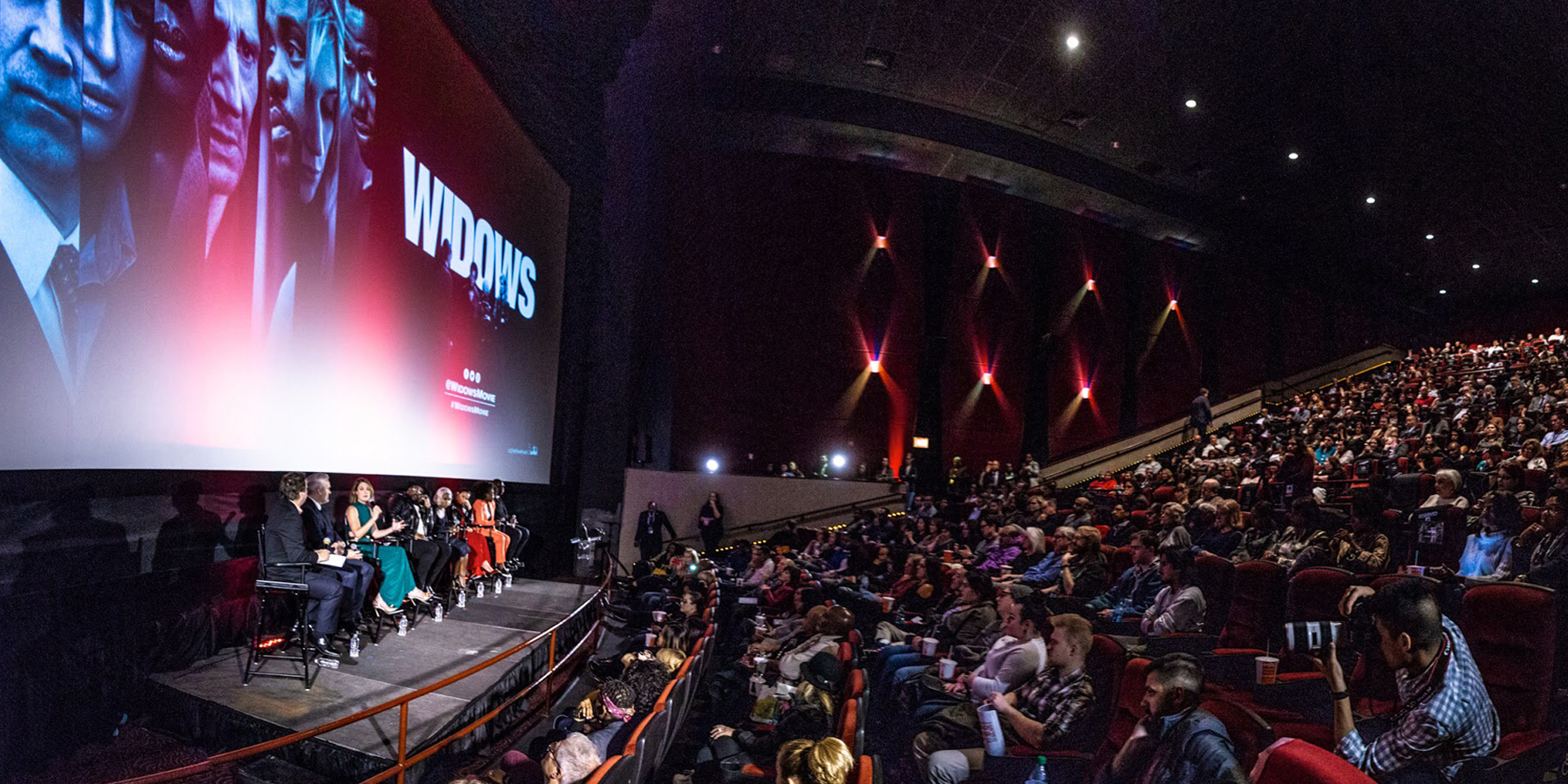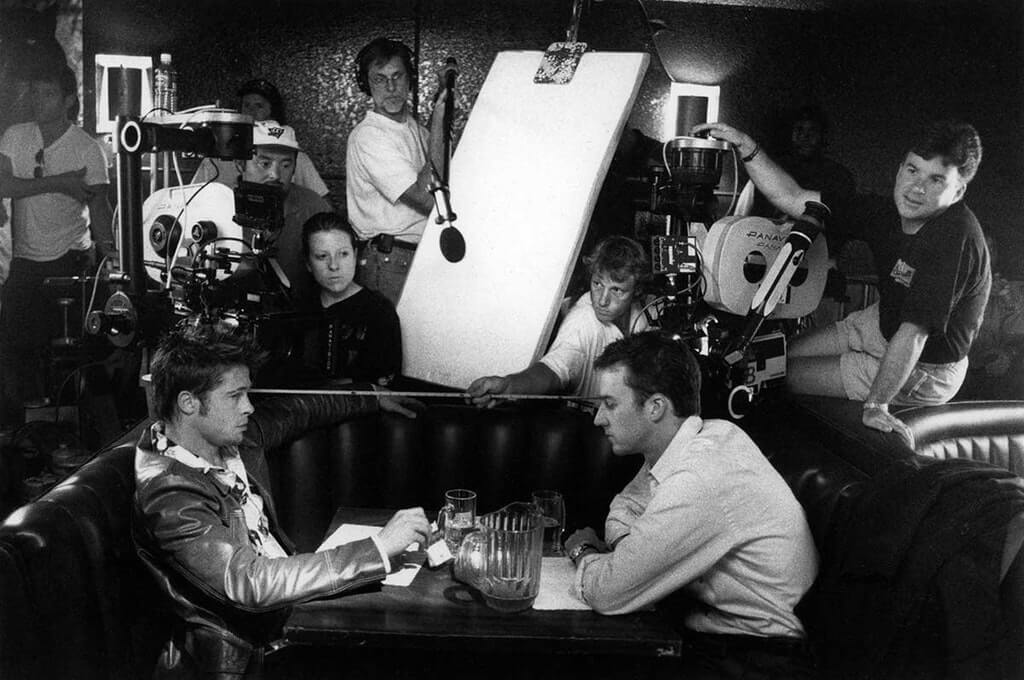Appraisals for Studying Contrasts Between Mainstream and Independent Films
Explore a film comparison study on mainstream and independent films. Gain insights into the contrasts between these two cinematic worlds.

Exploring Contrasts Mainstream vs. Independent Films
The world of cinema is a vast and diverse realm, accommodating a wide spectrum of filmmaking approaches and philosophies. Among the most prominent distinctions within this sphere are mainstream and independent films. These two categories of cinema possess contrasting characteristics, each contributing to the unique tapestry of the cinematic landscape. In this exploration, we delve deep into the differences between mainstream and independent films, shedding light on their origins, production processes, storytelling styles, distribution methods, and impacts on society.
Origins and Evolution
Mainstream Films: Mainstream films, often referred to as "Hollywood" or "commercial" cinema, trace their origins to the early 20th century when the film industry was burgeoning. Hollywood, California, quickly became the epicenter of mainstream filmmaking, characterized by big studios and high production values. Mainstream films are primarily produced by major film studios, such as Warner Bros., Universal Pictures, and Paramount Pictures. These studios have vast financial resources, enabling them to invest heavily in star-studded casts, high-end visual effects, and extensive marketing campaigns.
Independent Films: Independent films, on the other hand, have a more humble origin. They emerged as a counterpoint to the mainstream, emphasizing artistic freedom and unconventional storytelling. The roots of independent filmmaking can be traced back to the 1950s and 1960s when filmmakers like John Cassavetes and Shirley Clarke challenged the Hollywood establishment. Independent films are typically produced outside of major studio systems, often by smaller, independent production companies or even individual filmmakers. These productions are known for their innovative narratives, unique perspectives, and limited budgets.
Production Processes
Mainstream Films: Mainstream films are characterized by their meticulously planned production processes. They follow a well-defined production pipeline, which includes script development, casting, pre-production, principal photography, post-production, and marketing. Mainstream productions usually involve large crews, expensive equipment, and extensive resources to ensure high production values. Filmmakers adhere to industry standards and often rely on tested formulas to appeal to a broad audience.
Independent Films: Independent films, in contrast, operate with more flexibility and creativity. Due to limited budgets, independent filmmakers often wear multiple hats, taking on roles such as writer, director, producer, and even actor. The production process for independent films is typically more agile and adaptable. These productions prioritize creativity over convention, allowing filmmakers to experiment with storytelling techniques and take risks that may not be feasible in mainstream cinema.
Storytelling Styles
Mainstream Films: Mainstream films tend to adhere to established genre conventions and storytelling formulas. They often feature familiar narrative structures, such as three-act plots, clear character arcs, and resolutions that tie up loose ends. Mainstream films prioritize entertainment and broad audience appeal, aiming to maximize box office revenue. While this approach can result in highly entertaining and polished films, it can also lead to predictability and a sense of formulaic storytelling.
Independent Films: Independent films are known for their willingness to challenge narrative conventions. These films frequently explore unconventional themes, non-linear storytelling, and complex character development. Independent filmmakers are more inclined to tackle controversial or thought-provoking subjects, pushing the boundaries of storytelling. This approach often results in a more intimate and authentic connection between the audience and the characters on screen.
Distribution Methods
Mainstream Films: Mainstream films enjoy extensive distribution networks, ensuring wide releases in theaters across the globe. Major studios have the resources to secure prime release dates, promote their films through extensive marketing campaigns, and secure distribution deals with international partners. Mainstream films are also more likely to receive widespread media coverage and attention.
Independent Films: Independent films face unique challenges in distribution. They often rely on film festivals to gain recognition and secure distribution deals. Smaller distribution companies or self-distribution may be the route for many independent films to reach their audiences. While platforms like Netflix and Amazon Prime have made it easier for independent films to reach a broader audience, competition is fierce, and many independent films struggle for visibility in a crowded marketplace.
Impact on Society
Mainstream Films: Mainstream films, with their wide-reaching distribution and substantial budgets, have a significant cultural impact. They can shape popular culture, influence fashion trends, and even affect public perceptions of certain issues. Mainstream films also have the potential to perpetuate stereotypes or reinforce dominant narratives, which can both reflect and influence societal values.
Independent Films: Independent films often serve as a counterbalance to the mainstream. They have the power to challenge societal norms, raise awareness of marginalized voices, and spark discussions on pressing social issues. Independent filmmakers often use their work as a platform for change, shedding light on topics that mainstream cinema may shy away from. While their reach may be smaller, their impact can be profound and thought-provoking.
Crossover and Collaboration
Interestingly, the lines between mainstream independent cinema are not always clear-cut. Over the years, there has been a noticeable crossover between the two, with independent filmmakers occasionally gaining access to mainstream resources, and mainstream filmmakers experimenting with independent approaches.
Mainstream filmmakers, for instance, may occasionally venture into independent territory to pursue passion projects or explore unconventional narratives. This fusion of mainstream resources with independent sensibilities can result in critically acclaimed films that offer a fresh perspective to a wider audience. Prominent directors like Christopher Nolan and Quentin Tarantino have, at times, embraced independent filmmaking principles in their work, blending blockbuster elements with artistic innovation.
Conversely, independent filmmakers may find themselves propelled into the mainstream spotlight when their work garners critical acclaim or commercial success. Directors like Quentin Tarantino and Paul Thomas Anderson started their careers in independent cinema but later transitioned into the mainstream, bringing their unique storytelling styles with them. This cross-pollination of ideas and talent has enriched the cinematic landscape, blurring the boundaries between mainstream and independent cinema.
Challenges and Opportunities
Both mainstream and independent filmmakers face their share of challenges and opportunities in the industry.
Mainstream filmmakers must navigate the high stakes of the industry, where box office success often determines their future projects. The pressure to conform to commercial formulas can limit creative freedom and lead to the risk-averse production of sequels and franchises. However, the financial resources available in mainstream cinema allow for ambitious projects with top-tier talent and cutting-edge technology, making it possible to produce visually stunning and highly entertaining films.
Mainstream and independent films represent two distinct yet interconnected facets of the cinematic world. While mainstream films prioritize commercial success, high production values, and broad appeal, independent films champion artistic freedom, creativity, and unconventional storytelling. These differences in origins, production processes, storytelling styles, distribution methods, and societal impacts contribute to the rich diversity of cinema as an art form. Both mainstream and independent films have their place in our cultural landscape, offering viewers a wide array of choices and perspectives to explore and enjoy.
What's Your Reaction?














